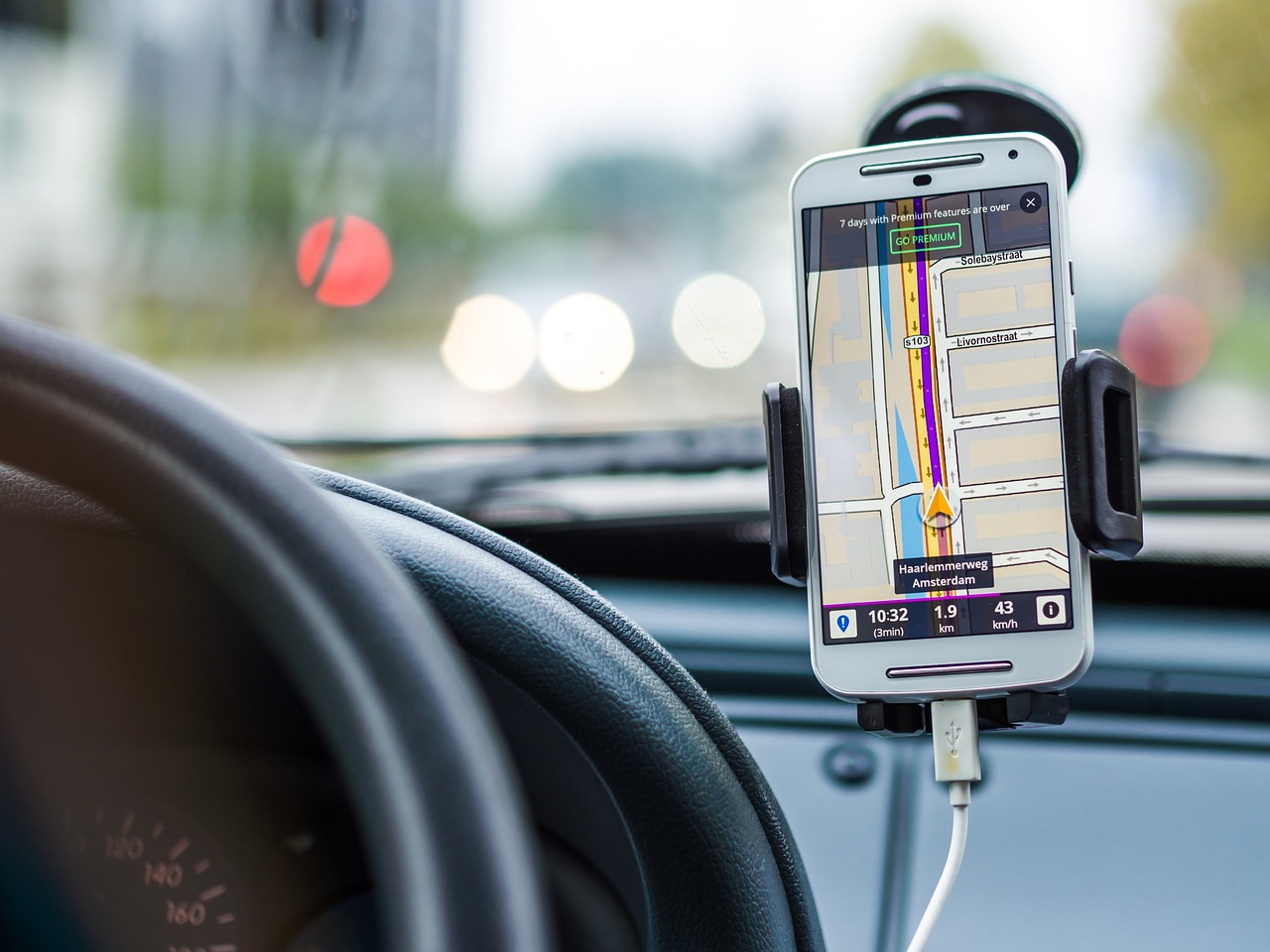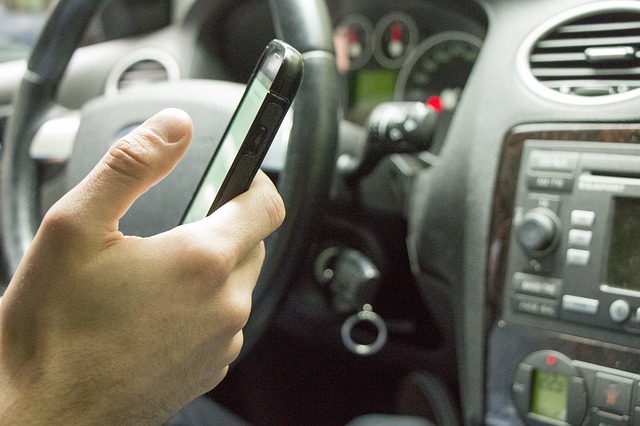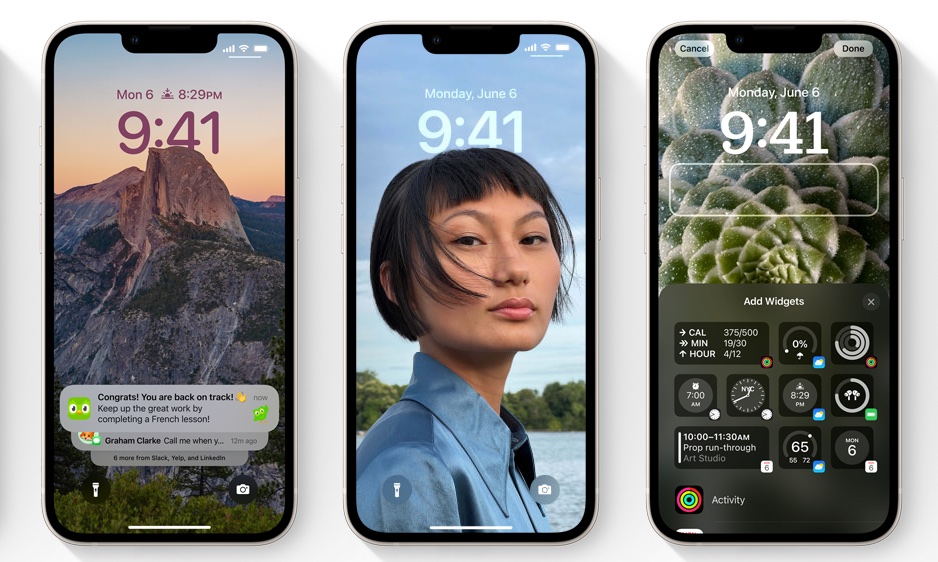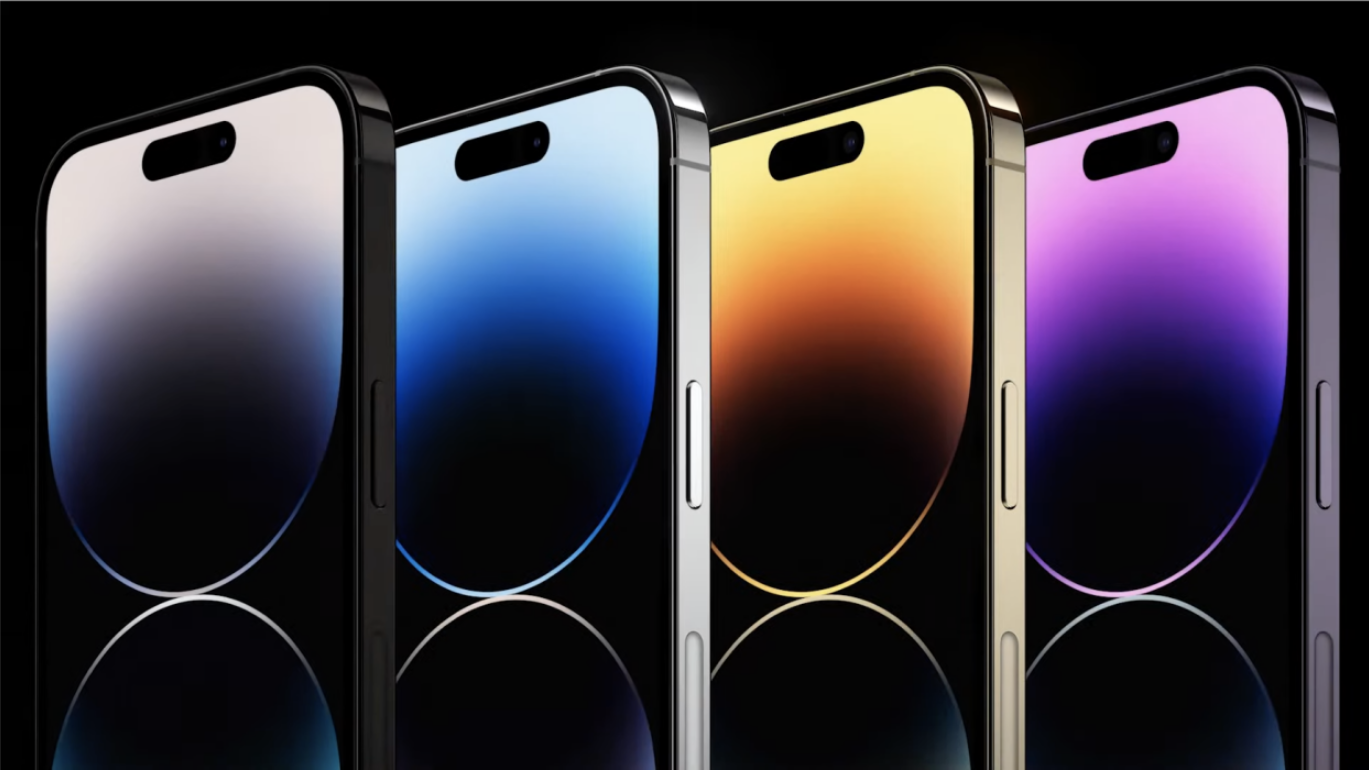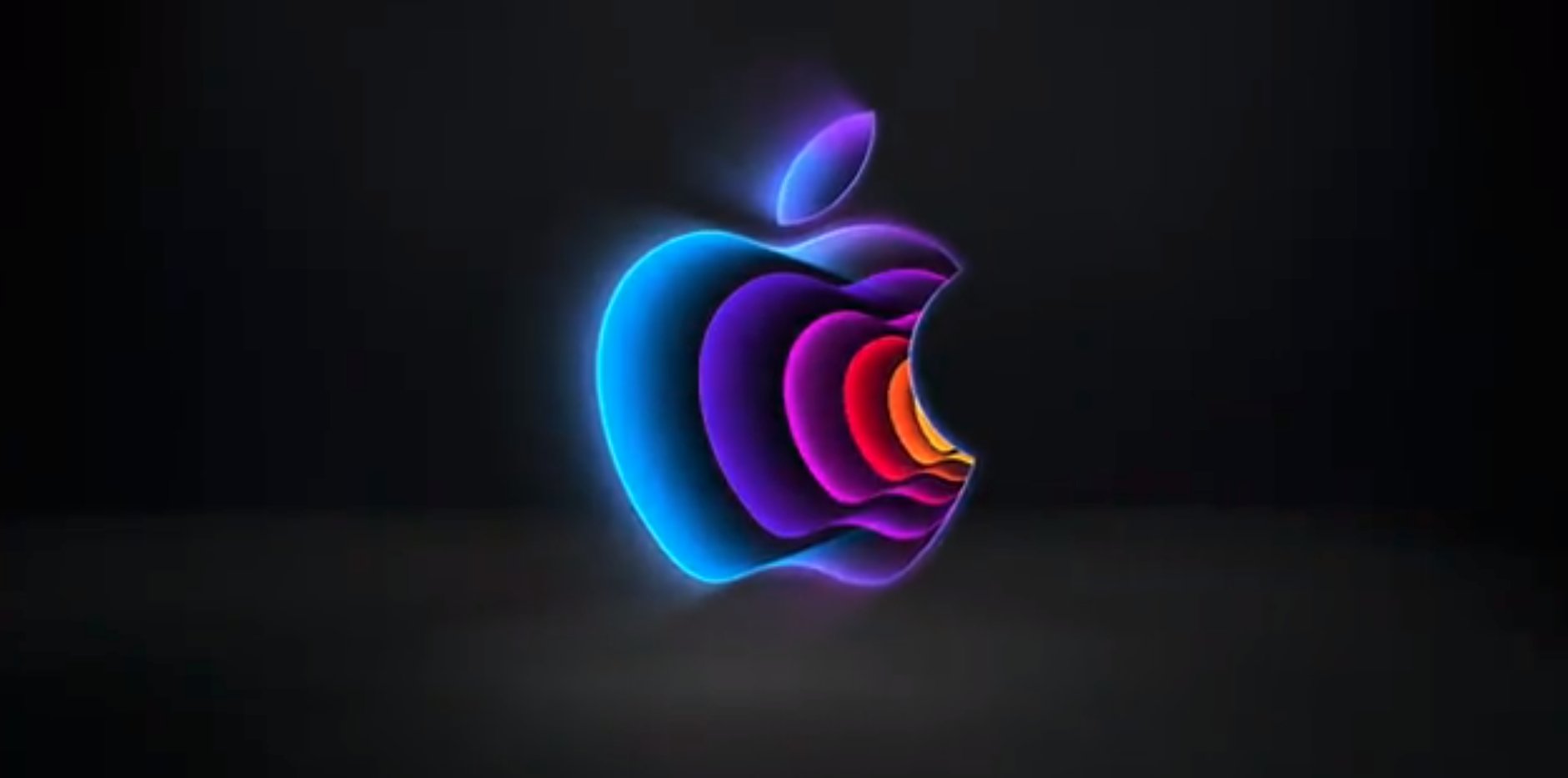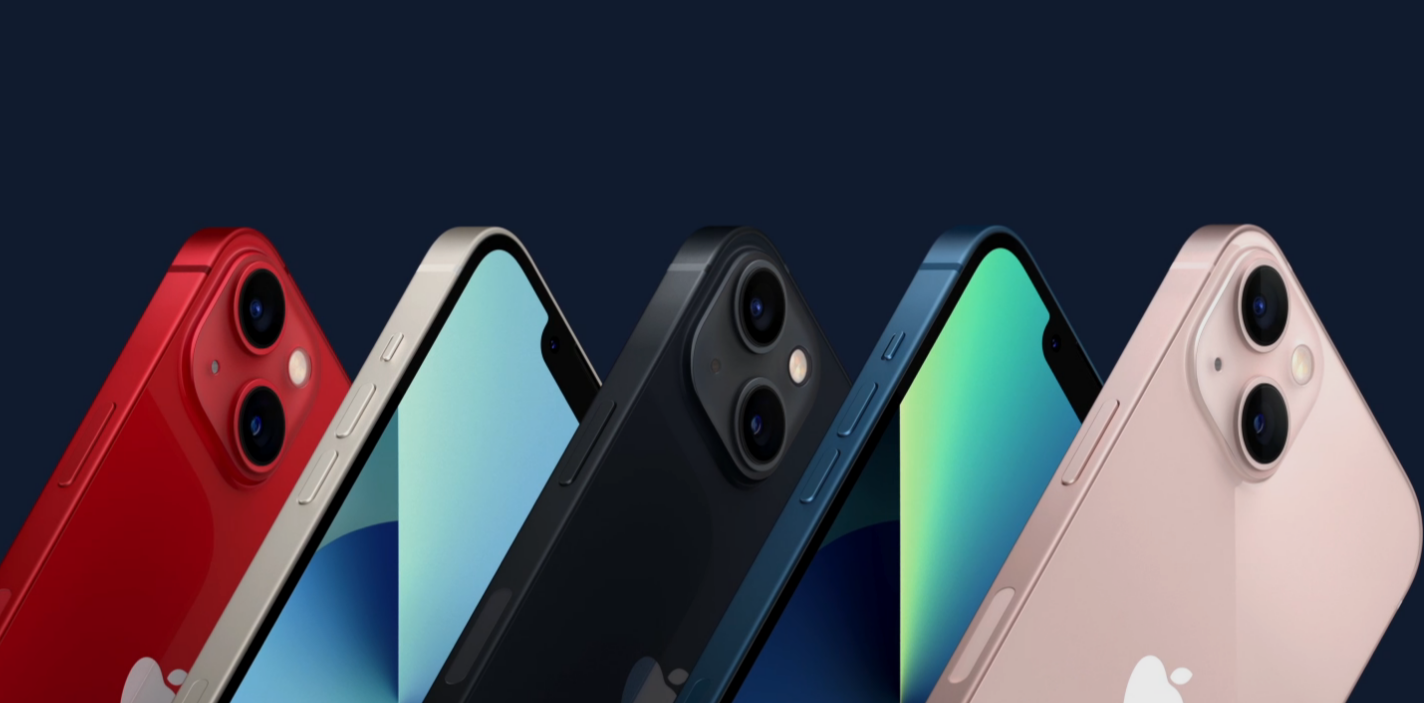The term “smartphone” has become a misnomer. Today, our so-called phones are basically small computers that we can keep in our pockets. While we used to only use them to communicate with one another, the current abilities of the modern smartphone now allow it to be used as a legitimate road safety device. Thanks to our phones’ GPS capabilities, Internet connectivity, software adaptability, and the fact that nearly everyone with access to a vehicle is likely to have a smartphone, engineers have come up with various ways to use them for improving driver safety.
Fostering Safe Road Culture
Smartphones are notorious for distracting drivers on the road. However, a company called Cambridge Mobile Telematics has recently released an app that turns this idea on its head. DriveWell is designed to monitor driver behavior by measuring abrupt acceleration, sharp cornering, speeding, hard braking, and even how often a driver is distracted by their phone. The free app uses all the data it collects to generate a safety score for each user, compiled on competition leader boards to determine which drivers are the safest. The highest scorers are awarded with car insurance discounts and in some cases, even cash prizes.
Dashboard Navigation
The popular app Waze is more than just a device for calculating and plotting driving routes. It also comes with live warnings about nearby road accidents, or any incidents and obstructions that may get in the way of safe driving. By giving its users a way to avoid dangers and inconveniences on the road, Waze is a massive step towards road safety and traffic efficiency.
NHTSA Smartphone Driving Mode Guidelines
Recognizing the unique role of smartphones in modern vehicles, the US National Highway Traffic Safety Administration or NHTSA recently launched road safety guidelines for smartphone manufacturers. The Guardian has the scoop on the details of the voluntary guidelines. If manufacturers are so inclined, they can choose to update their phones with a “driving mode” that enables road-based applications while blocking ones that may distract from driving, like messaging and video apps. This means that drivers who need to glance at their phone from time to time for navigation purposes, won’t be distracted by their phone’s other notifications and features.
ELD Mandate
The US heavy trucking industry now uses smartphones to improve road safety through the ELD Mandate. Through the combined efforts of the government and the private sector, ELDs or Electronic Logging Devices are now mandatory for every commercial heavy truck operating in the U.S. An overview provided by Verizon Connect details the various safety and efficiency features offered by ELDs. First, the devices track driver hours to prevent over-driving. Second, the included driver monitoring technology helps drivers improve their braking and acceleration, allowing heavy trucks to save on gas as well as be driven more safely on the nation’s highways. Third, ELDs also come with field service and management software that allows operators to better plan out routes and assign the right people for the right jobs. And it’s all done through government-approved Internet-enabled devices, including certain smartphone models that can handle the specialized ELD software.
Diagnostic and Anti-Theft Apps
The same technology in your smartphone that is used for navigation can also be applied to fighting car theft by providing a live update of the vehicle’s status. Combined with your car’s on-board diagnostics or OBD computer, the app called CarLock can connect your phone to your car, and tell you everything you need to know. This includes your car’s current location, whether or not it’s moving, its battery life, mileage, previous routes, and when the alarm is triggered. It can even allow parents to monitor whether their teen is driving recklessly.
These new features are proof that even though smartphones are notoriously unsafe on the road, there are many ways to modify their use and allow them to contribute to driver safety instead.
———————————-
This post was written by Louise Anderson

